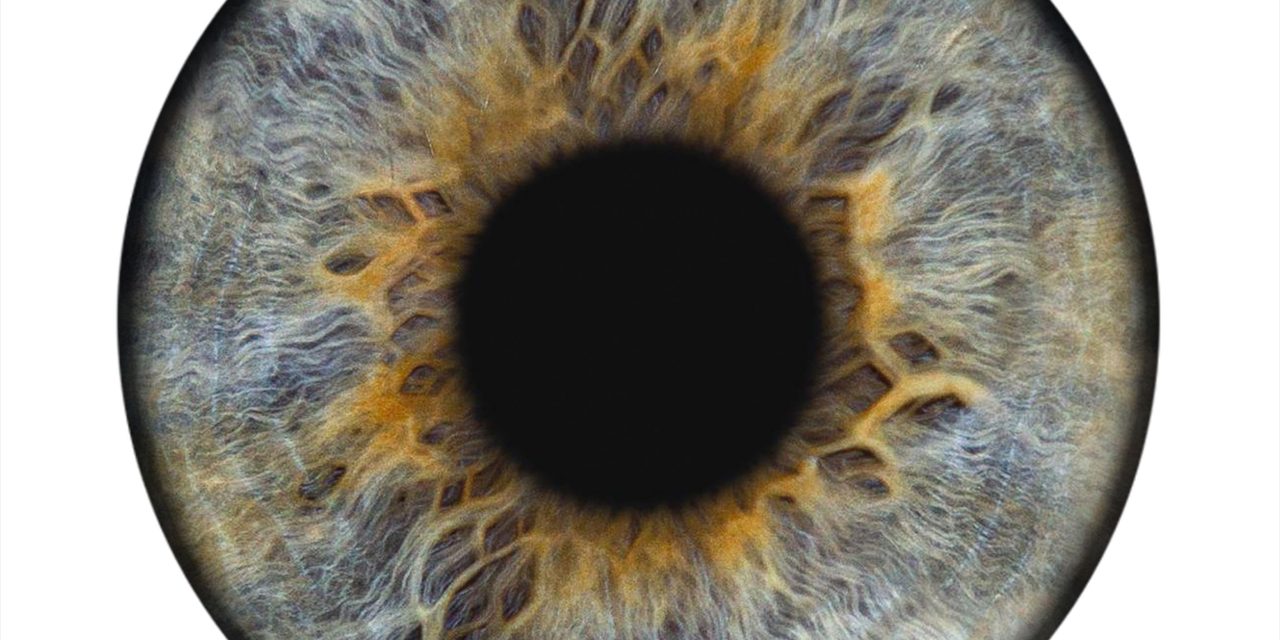Retinal shape presents a clinical parameter of interest for myopia, and has commonly been inferred indirectly from peripheral refraction (PRX) profiles. Distortion-corrected optical coherence tomography (OCT) scans offer a new and direct possibility for retinal shape estimation. The current study compared retinal curvatures derived from OCT scans vs. PRX measurements in three refractive profiles (0° and 90° meridians, plus spherical equivalent) for 25 participants via Bland-Altman analysis. The radial differences between both procedures were correlated to axial length using Pearson correlation. In general, PRX- and OCT-based retinal radii showed low correlation (all intraclass correlation coefficients < 0.21). PRX found flatter retinal curvatures compared to OCT, with the highest absolute agreement found with the 90° meridian (mean difference +0.08 mm) and lowest in the 0° meridian (mean difference +0.89 mm). Moreover, a negative relation between axial length and the agreement of both methods was detected especially in the 90° meridian (R = -0.38, = 0.06). PRX measurements tend to underestimate the retinal radius with increasing myopia when compared to OCT measurements. Therefore, future conclusions from PRX on retinal shape should be made cautiously. Rather, faster and more clinically feasible OCT imaging should be performed for this purpose.
Comparison of Methods for Estimating Retinal Shape: Peripheral Refraction vs. Optical Coherence Tomography.


